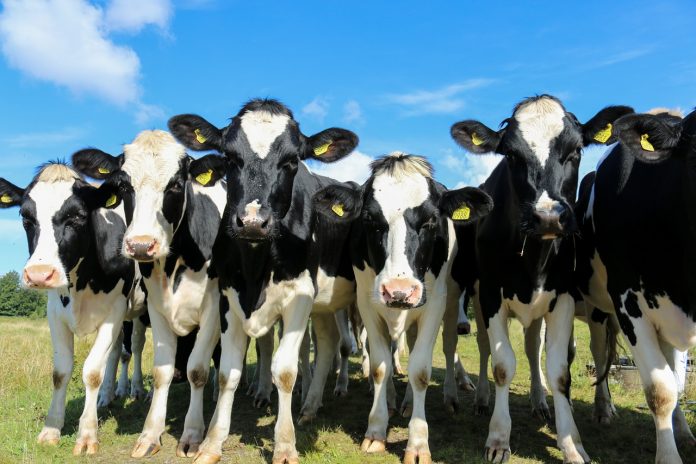I had the opportunity to attend the Northeast Regional Dairy Conference in Wooster, Ohio. The theme of the 2022 conference was Heifers at the Center: Your Economic Bullseye.
The featured speaker was Dr. Kevin Dhuyvetter from Elanco, and he had sessions on dairy economics, heifer inventory and culling economics.
Heifer inventory and culling economics stood out to me because they go hand in hand; your heifers will one day replace those cows you involuntarily or voluntarily cull.
Behind feed and labor, herd replacement costs come in as the third-largest cost of milk production — about 10% of total costs. There is a lot of variability in the cost of raising heifers; some farms primarily raise heifers on pasture, some are raised in confinement; farms use different bedding, different nutrition programs, and so forth.
While variation exists, Cornell University has estimated that it costs about $2000 to raise a heifer before she is a productive member of the herd, and it’s no surprise that feed accounts for 50-60% of those costs.
Dhuyvetter discussed the decisions that must be made when raising replacement heifers. He mentioned that advances in reproductive technologies and knowledge have presented both opportunities and challenges to producers.
With the availability of sex-sorted semen, genetic selection and genomic testing, there are questions to be asked on the farm: What service sire should I use on each cow? Which heifers do I keep? When do I cull heifers that I do not need? Should I genomic test? What is my cow culling criteria?
Considerations
There are several factors that go into answering likely every producer’s biggest question: How many heifers do I need? The first question to answer is your culling rate. This can help determine how many heifers are needed if you plan on keeping a static herd size.
If growing your herd size is in the future, how many more cows are you wanting to milk? Another factor that can help answer this question is the number of heifers raised annually. This ties in the reproductive success of the cows in the herd now, along with what kind of semen you may use.
What are your costs of raising a heifer? Are you raising them on your own property? A custom heifer facility? Purchasing springers? There are likely cost differences among the former and more expensive options that can impact the number you are comfortable in purchasing/raising.
What are the current cull heifer prices? What costs are now may not hold true in six months when you decide to sell her. While all of these considerations are important, let’s jump back to the first one.
What is your expected herd turnover rate? This calculation can be completed by dividing the number of cows leaving the herd by the average number of cows on the farm for the year.
There’s quite a range in culling rates, from 30 to 50%, and many U.S. farms have a rate of 37 to 40%.
This metric will heavily influence the number of heifers you’ll need to retain. Including other metrics like death loss, percent of heifers that are culled, the percent able to be bred, and the percent of heifers that calve can give a more accurate number and it will likely be larger than the herd turnover rate you calculated.
Typically too many
On average, farms typically have more heifers than they will need, which is a strain on the checkbook and will require more decision-making down the line.
If you have too many heifers, there are several routes to take. Holding onto bred heifers and selling them as springers is an option, but is a costly process until they are sold. You can also create more stringent culling criteria for the cow herd and allow the heifers to replace those cull cows.
Expanding the herd is an option but may overcrowd free stalls or incur large investments to expand facilities. The last option is to cull the heifers, much easier said than done after the money put into them.
This skips to the last point of how to select cull heifers. Is it random? Do you perform genomic tests or look at performance?
According to analyses, looking at heifer average daily gain and genetics can help pick out top candidates to leave the herd. Poor performers as young stock will unlikely be superstars in the parlor.
In sum, heifer raising is an expensive aspect of milk production and should be tightly managed like other parts of the farm. Raising more heifers than needed on the farm is unprofitable and looking at the farm’s big picture to find the farm’s ideal replacement raising strategy is critical to making informed decisions to remain profitable.













